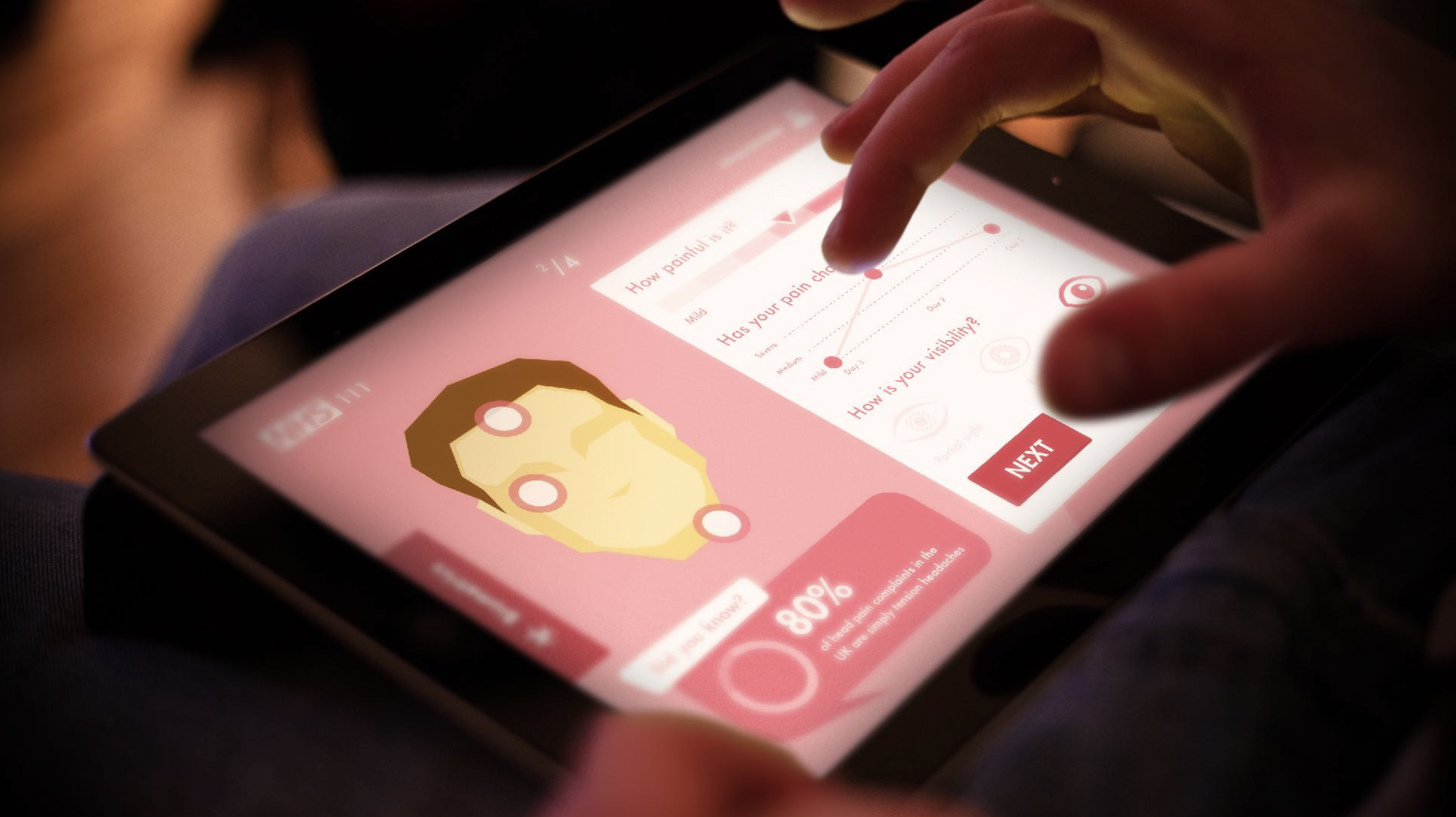
NHS 111 Digital - What does success look like?
Feb 2015
The challenge
The ultimate aim of this project was to point people to the NHS 111 online service to provide accurate and safe information and to triage people safely without creating extra pressure on frontline care. Because the NHS and government needs to respond to the quickly accelerating situation, The current NHS 111 service faces several challenges that hinder its efficiency and effectiveness.
One major problem is long waiting times. When individuals call the service seeking medical advice or assistance, they often have to endure lengthy wait times before they can speak to a healthcare professional. This delay can be frustrating and, in some cases, can worsen the condition or urgency of the caller's situation. Overwhelmed call centers, insufficient staffing, and high call volumes contribute to these prolonged wait times, resulting in a suboptimal patient experience.
*Ipsos Mori: Public Engagement to Inform Service Development - Dec 2014
Problem
“My mission is driven by the belief that leveraging technology to create a more efficient platform will not only enhance the healthcare experience for individuals but also enable the government at the time to optimize the allocation of limited resources, ultimately leading to improved healthcare outcomes and a stronger healthcare system as a whole.”
Inadequate staffing and high call volumes lead to long waiting times, causing frustration and potentially worsening the condition of callers who need immediate medical attention.
Limited availability of healthcare professionals can result in callers not receiving the level of expertise they require, leading to potential misdiagnoses or delays in appropriate medical care. Lack of continuity of care and coordination with primary care providers can result in a fragmented patient journey and gaps in care, potentially impacting patient outcomes.
Solution
We set out to disrupt the call centre industry by creating a digital platform powered by a highly efficient triaging algorithm. This transformed how NHS 111 journeys are handled, ensuring users receive accurate, timely support while optimising resources.
By eliminating traditional call centres, the platform delivers significant cost savings, which can be reinvested in hiring medical professionals, improving healthcare facilities, or advancing medical research.
In partnership with Valtech, NHS Digital, NHS Business Services Authority, NHS 111, and NHS X, we developed the NHS 111 digital test pilot. This simple idea, executed across multiple organisations, provided valuable data to drive better operational and clinical decisions.
To innovate, start with the needs and objectives, then design backward. The UI should
feel as simple as reading the time—bold, bright, and intuitive, with a childlike quality
that’s welcoming but inclusive.
Behind the scenes, complex processes work seamlessly so users don’t have to. Interactions
should be visible and responsive, fostering trust and transparency. A carefully designed palette
and contextual signposts guide users through their journey, empowering them to make informed decisions about their treatments and self-care.
The Approach
Build a team based on skills, not availability, and map the project’s scope early to identify what’s needed—creative, technical, or operational. Start with senior expertise for strategy, then shift to a leaner team for maintenance, scaling up again if priorities change.
A great team thrives when engaged throughout the project lifecycle, feeling valued, challenged, and supported. This approach prevents burnout, encourages growth, and creates a culture of collaboration and mentoring—essential for long-term success.
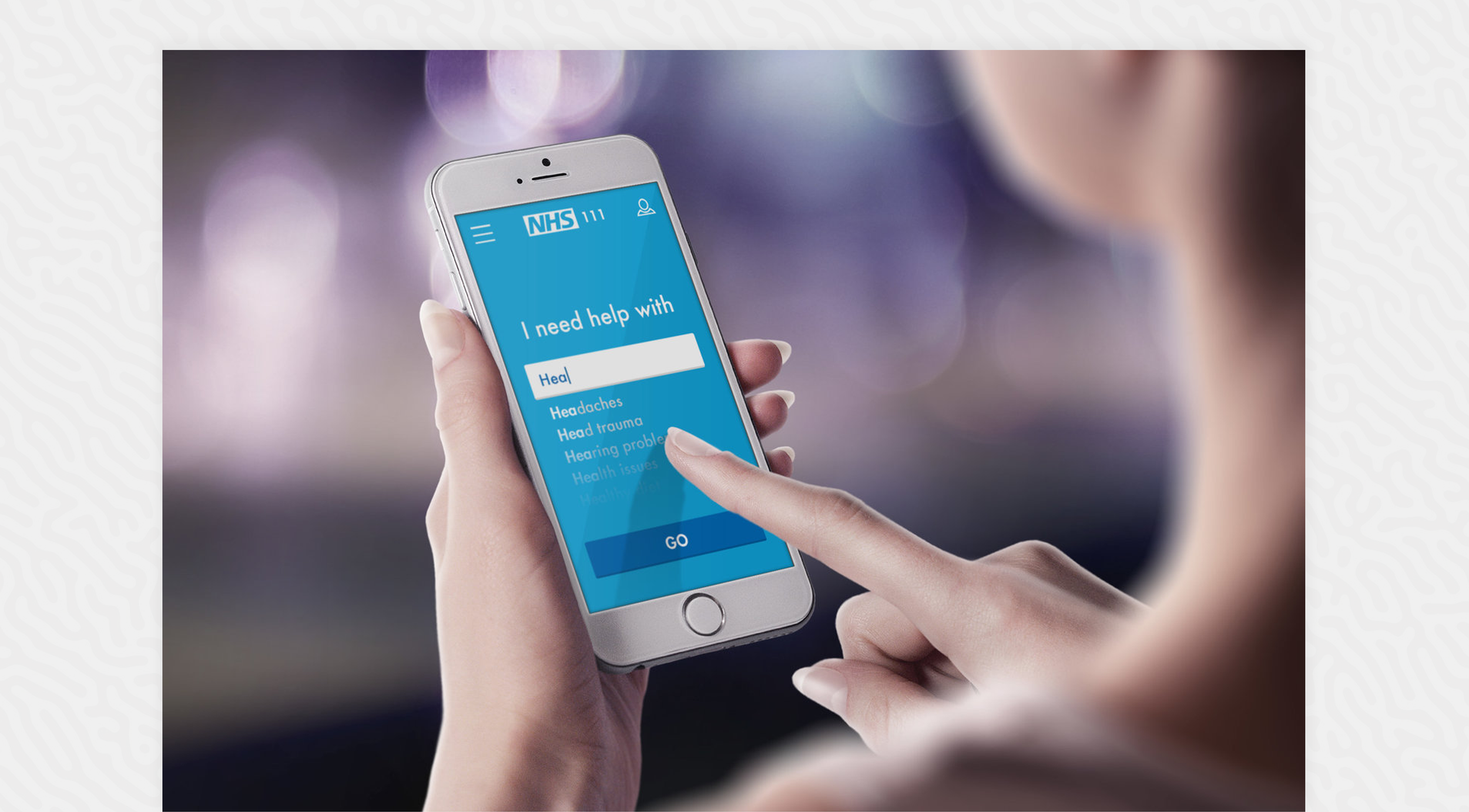
A brief walkthrough of the concept work
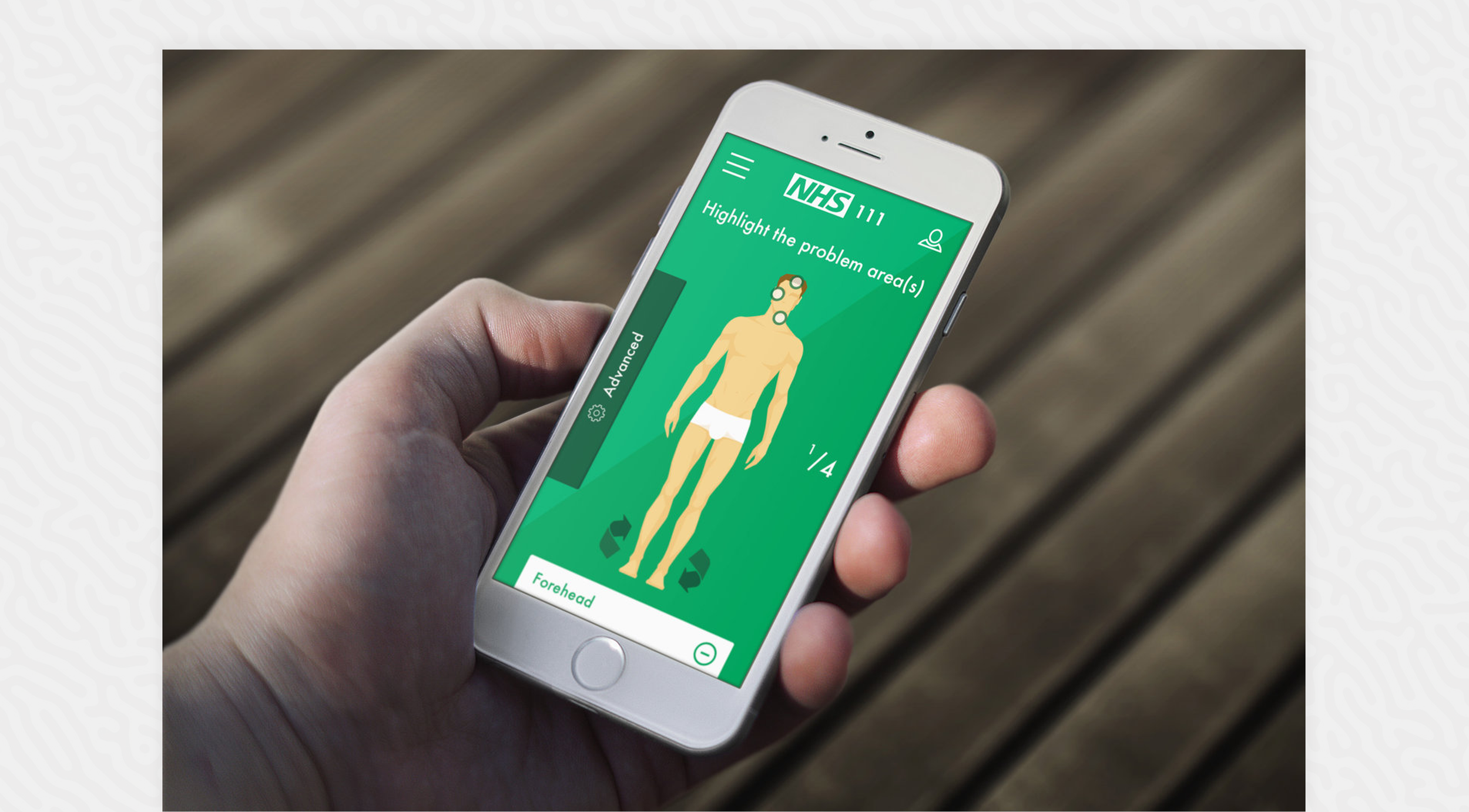
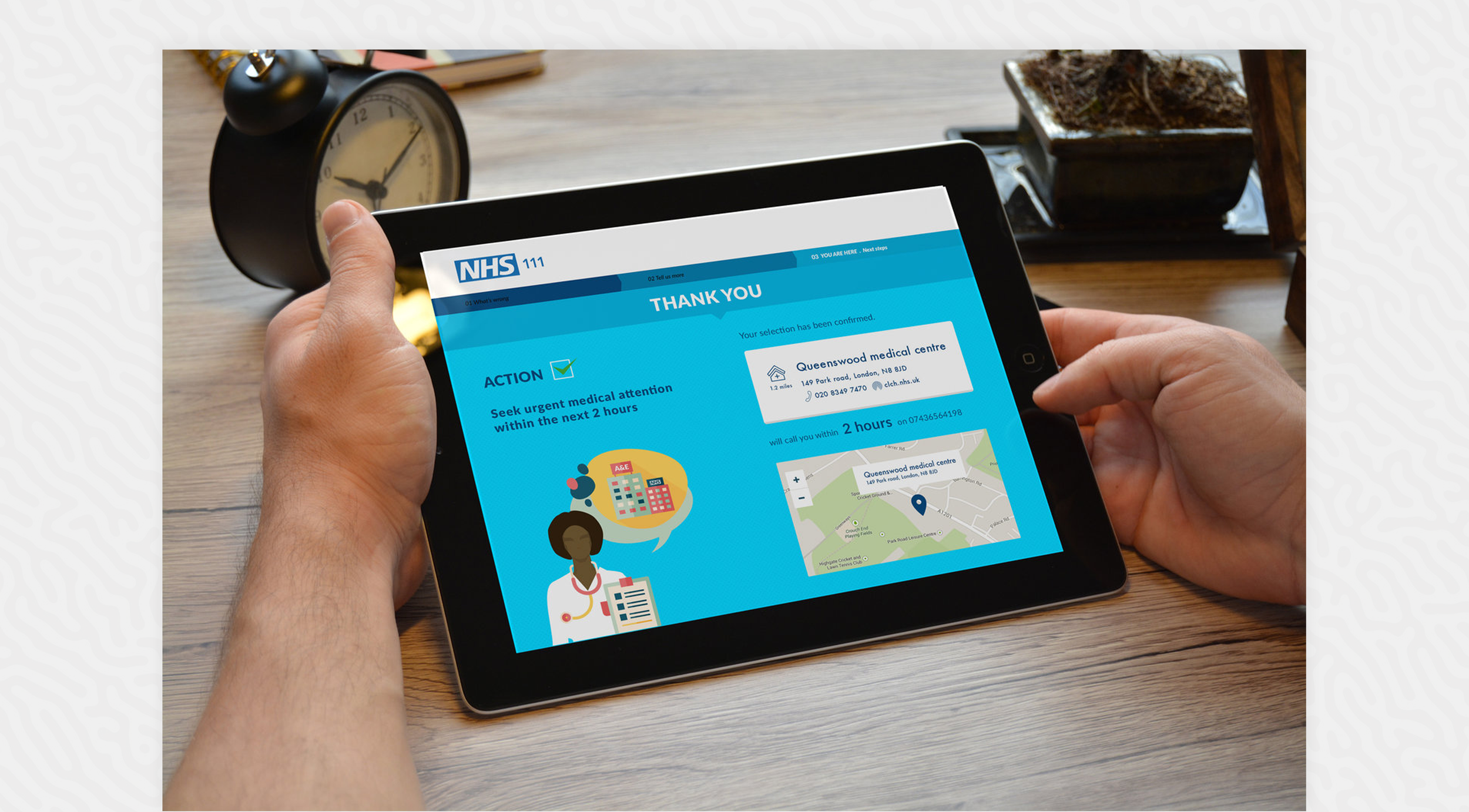

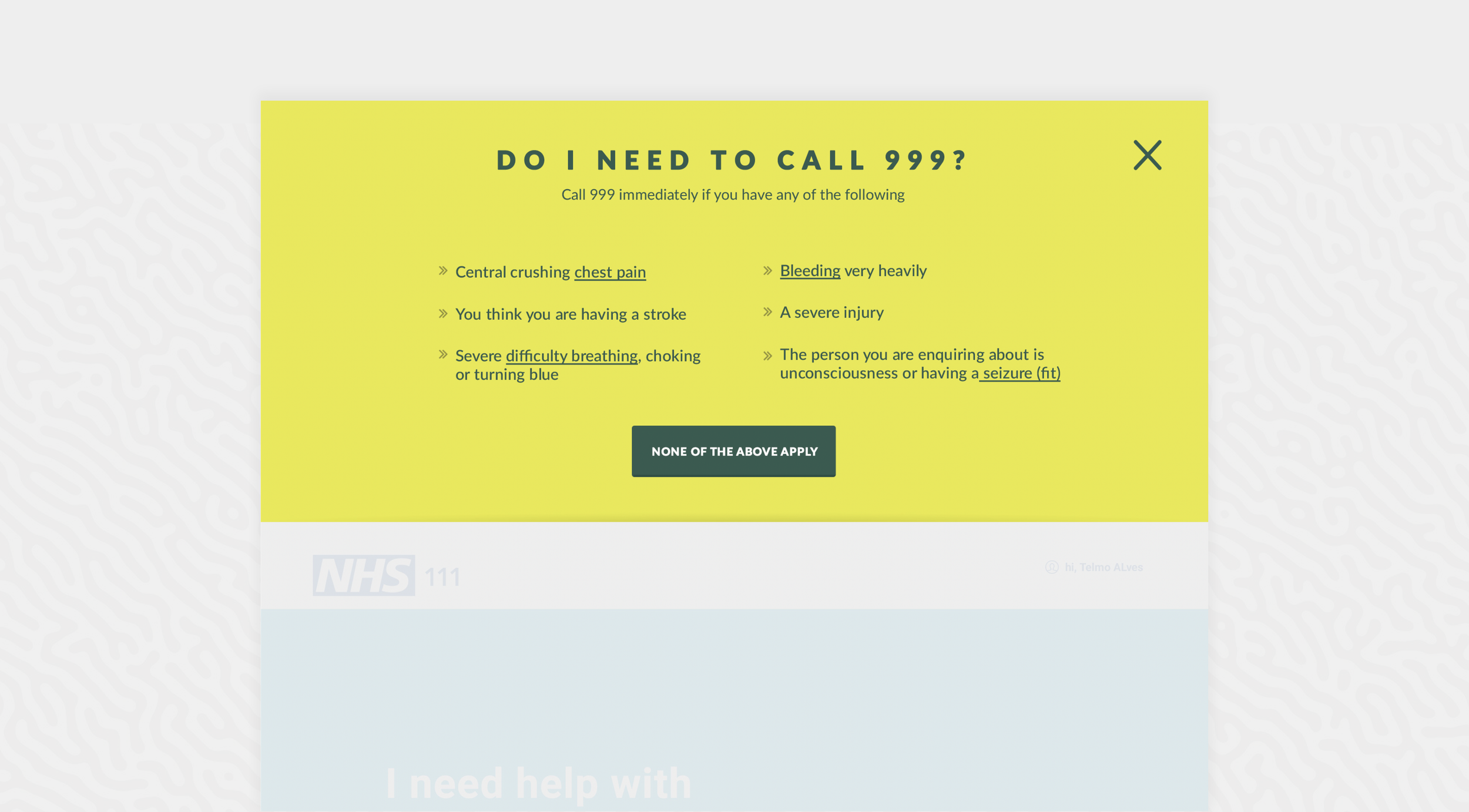
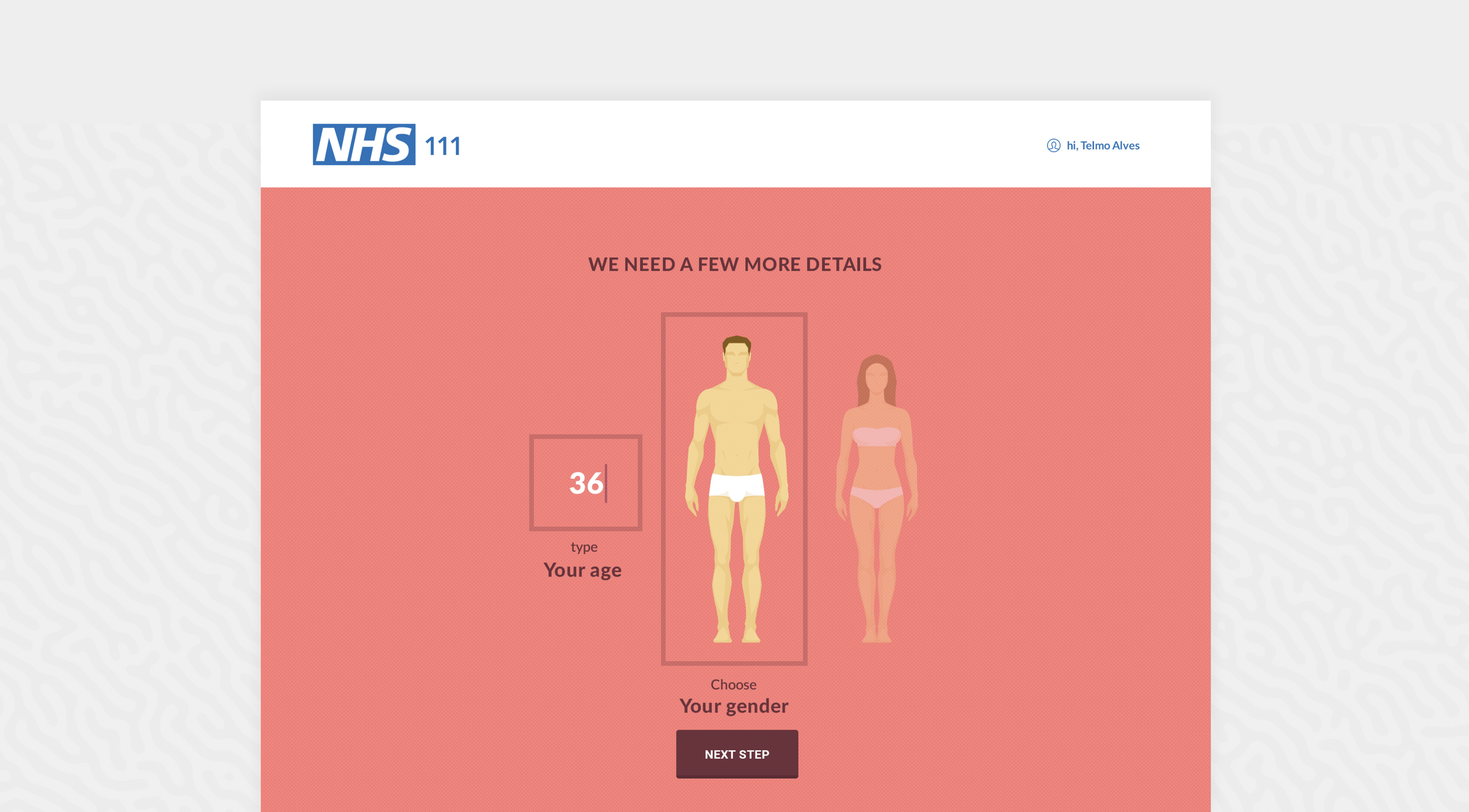



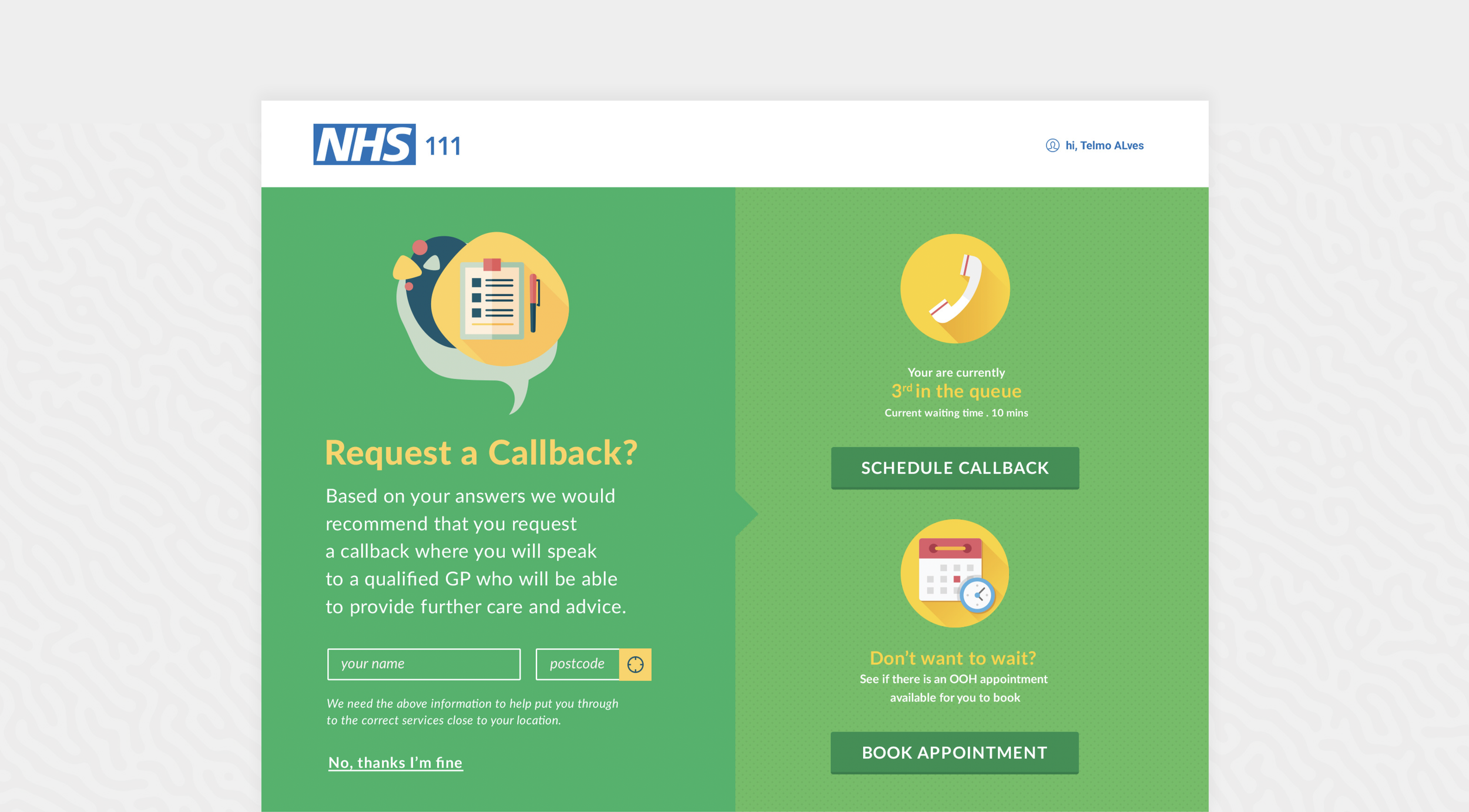
What does Success look like?
#1 Joined-Up & Desired Service
We are joining up a multi-channel service, which will shape the experience of citizens when they initiate any interaction with ’the NHS'.
We are not just building a siloed digital channel to be consumed in isolation.
That service must be clinically defensible, technically secure, cost-efficient and politically viable; however it must also crucially have a clearly articulated and desirable customer proposition at its heart.
#2 Change Health Outcomes
Beyond offering a more efficient, intuitive and beautiful user experience, this service should also positively affect health outcomes.
Whether this is achieved by improving the speed and accuracy of hand-offs to more clinically appropriate services, or through access to new self-service tools which give the citizen a placebo effect of control on their treatment.
#3 Valuable for CCGs
Whilst this service needs to have a strong user-centered proposition,
it will only be a success if CCGs opt into providing the service.
Hence there must also be a strong business-benefit to convince CCGs to opt-in.



